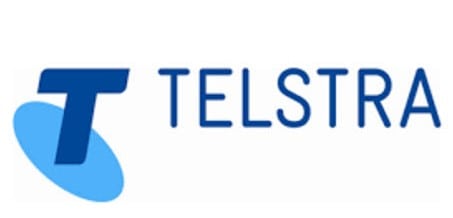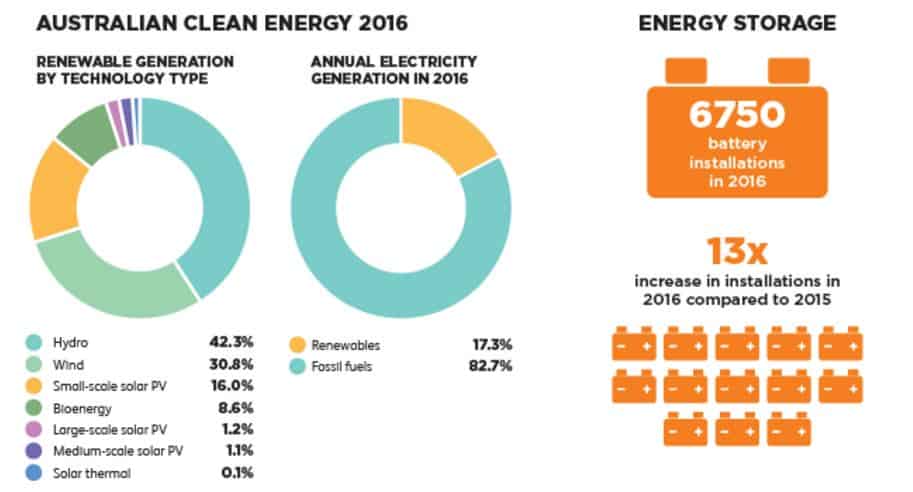Telstra Energy are backing a solar farm which will be built near Emerald in North Queensland at the cost of $100m. The telco have entered into a long term PPA (purchase power agreement) with RES Australia, who will operate the facility when it is built.
Telstra Energy & The Emerald Solar Farm

The single axis tracking farm will be built on 160 hectares and generate a huge 70MW of power – enough for 35,000 homes. The deal was announced yesterday – Telstra will buy the output (and the resulting renewable energy certificates (which act as a form of currency when validated)) from the farm, which will be completed in 2018. The Rnewable Energy Certificates (LGCs) are currently trading around $80/MWh and will help mitigate the cost of buying the solar power, given that wholesale electricity prices in QLD are around $100/HWh at the moment and, according to RenewEconomy, the cost of solar farms in QLD is around $70/MWh.
James Gerraty heads up strategy for the newly formed Telstra Energy division and told RenewEconomy that (the Emerald Solar Farm PPA) “…is about risk management. It makes a lot of sense for us.”. Meanwhile, Head of Telstra Energy Ben Burge (previously of Powershop Australia) gave the AFR some idea as to how they plan to use the power, saying “It’s a highly distributed, highly responsive source of energy which over the coming years we will look to make better use of in order to improve our resilience but also to address extreme wholesale prices in the market,”. No doubt they will use the backup power to sell when prices surge on the wholesale market and simultaneously protect themselves from larger fluctuations in energy pricing – a very astute risk management strategy. This will no doubt prove to be a sound investment and it will be interesting to see how far Telstra Energy take this new direction – they account for nearly 2TWh (2,000 gigwatt hours) of electricity per year so protecting themselves against rising energy costs whilst harnessing the falling cost of renewables is a no-brainer.
“We certainly will be looking at harnessing our own standby energy capacity in the wholesale market,” Mr Burge said, who said that, for example, he could see opportunities in the energy market for $300/MWh cap power contracts.
Watch this space for more news on Telstra Energy!


